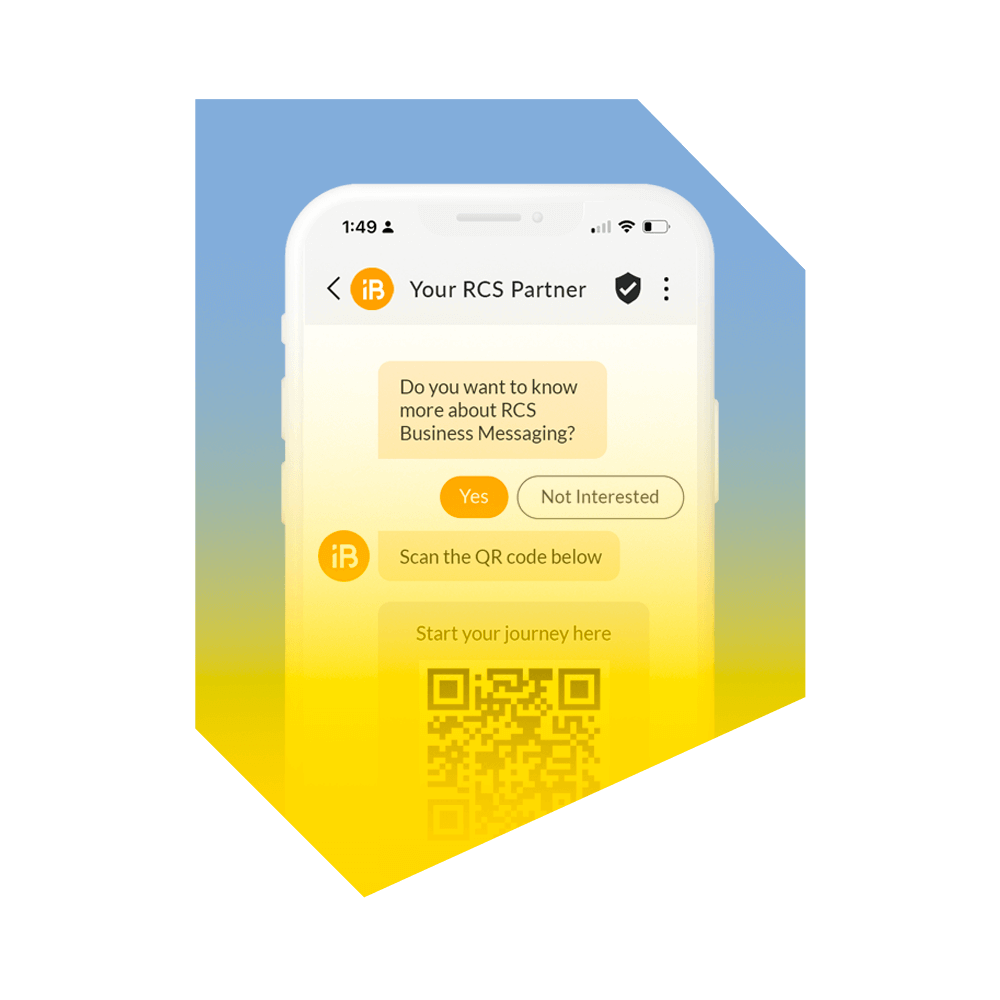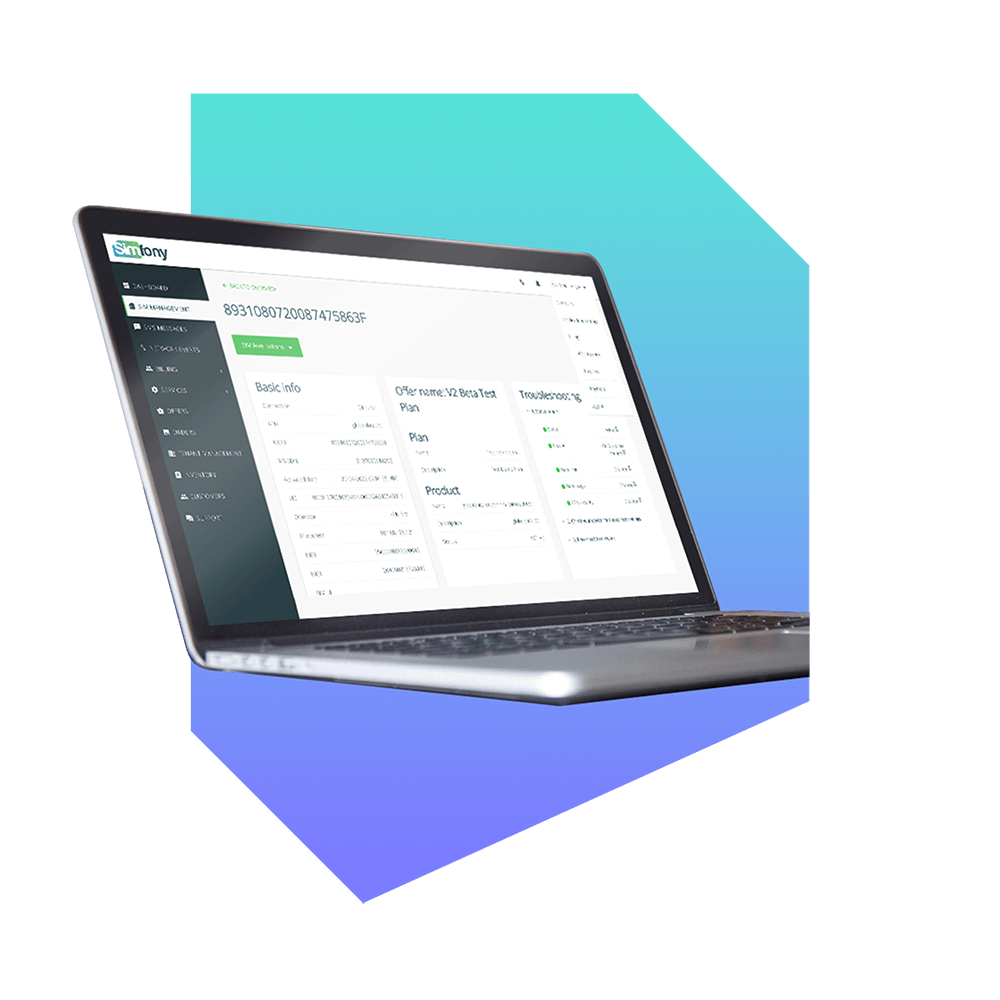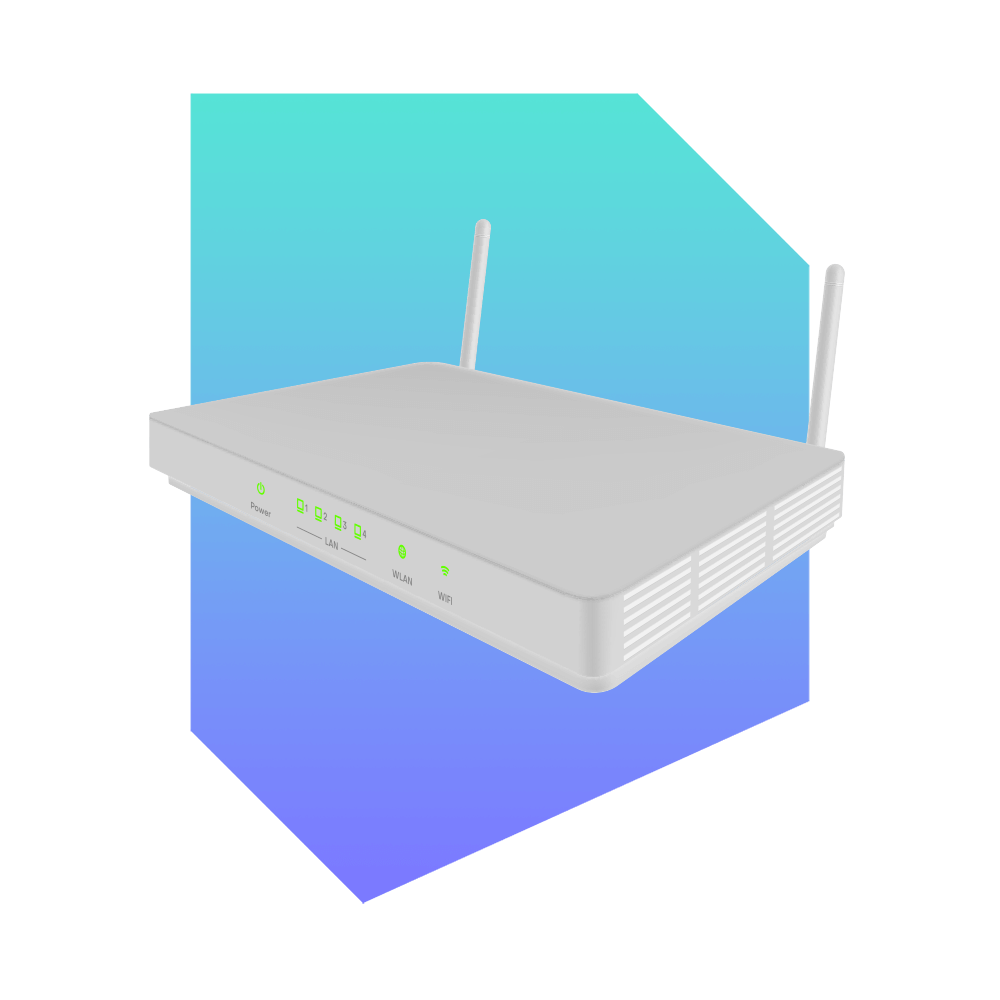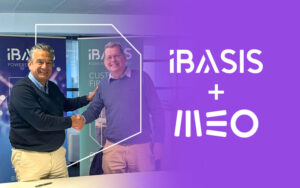Most mobile operators around the world are planning to launch voice service over the LTE infrastructure, better known in the industry as VoLTE. Before 2014, standards bodies such as the 3GPP and GSMA, along with most mobile operators, were considering the Local Breakout (LBO) model for VoLTE roaming. In this model, a visited LTE operator provides local breakout of roaming calls, routing them locally or sending them to the home network for routing. This was considered an effective voice roaming model, similar to the roaming model used by 3G networks.
Starting in early 2014 however, mobile operators started raising concerns about the complexity of deploying the LBO model, which was the result of the requirement for IP Multimedia Subsystem (IMS) interoperability testing between a home network and each visited network. The GSMA launched an initiative to develop an alternative model, which produced the S8 Home Routed model (S8HR). Under S8HR, a visited LTE operator just needs to provide an LTE S8 interface to the home network, eliminating the need for IMS interoperability testing. All roaming calls are sent from the visited network to the home network as part of the S8 data payload. The home network then terminates the calls to their destinations. S8HR provides a simpler implementation than LBO for VoLTE roaming.
Bridging the Gap with the IPX Hub Breakout Model
So, which of these two valid roaming models should a mobile operator adopt? Does the whole mobile operator community need to select one standard model or can they coexist? Each model has its pros and cons. What if neither can satisfy all the requirements? Do mobile operators have to implement both models? There are many unanswered questions, and the GSMA has been working diligently to resolve them.
From the iBasis perspective, both models will remain as viable options, and both will be implemented by mobile operators. This raises another challenge — interconnect issues between operators using different models. In this situation, iBasis’ Hub Breakout (HBO), a hybrid VoLTE roaming model, can be used to mediate between the two GSMA models.
How iBasis’ Hub BreakOut Model works
As indicated in the diagram below, a visited mobile operator (O-VPMN) prefers the S8HR model, while a home operator (O-HPMN) prefers LBO. By leveraging the P-GW and P-CSCF/TRF functions in iBasis’ IPX HBO, both home and visited mobile operators can launch VoLTE roaming without being hindered by different GSMA roaming models. The HBO P-GW/P-CSCF will breakout all calls from the O-VPMN, eliminating the need for voice service delivery over S8 to the O-HPMN. The TRF provides the anchor for IMS signaling and voice media for locally routed calls at the IPX HBO location. Therefore, roaming end user calls can be routed directly from the IPX HBO location, with policy control by the O-HPMN, or sent to the O-HPMN, using IMS NNI, for routing.
On top of this, the IPX HBO can also help a visited mobile operator, which is not ready to deploy the local IMS elements (e.g., P-CSCF), to rollout VoLTE roaming for its VoLTE roaming partners who have launched LBO. Another intrinsic feature of the IPX HBO model is that it can enhance VoLTE roaming end user experience for regional calls. The diagram shows a typical call scenario in which the TRF in the IPX HBO, located in the same region as the O-VPMN, can terminate the call to a local user without the media going back through the O-HPMN.
The challenge of a single unified model
A single unified VoLTE roaming model would be ideal for the mobile operator community, but practically, it may be impossible to achieve. With iBasis’ IPX HBO model, LTE mobile operators can confidently select their preferred GSMA roaming model, and be able to work with other operators without delaying the VoLTE roaming rollout. It is a win-win approach that provides the ability to interconnect VoLTE within the mobile operator community.
To find out what iBasis can do for you or download our collateral ion VoLTE and the Hub Break Out Model, click here.
































